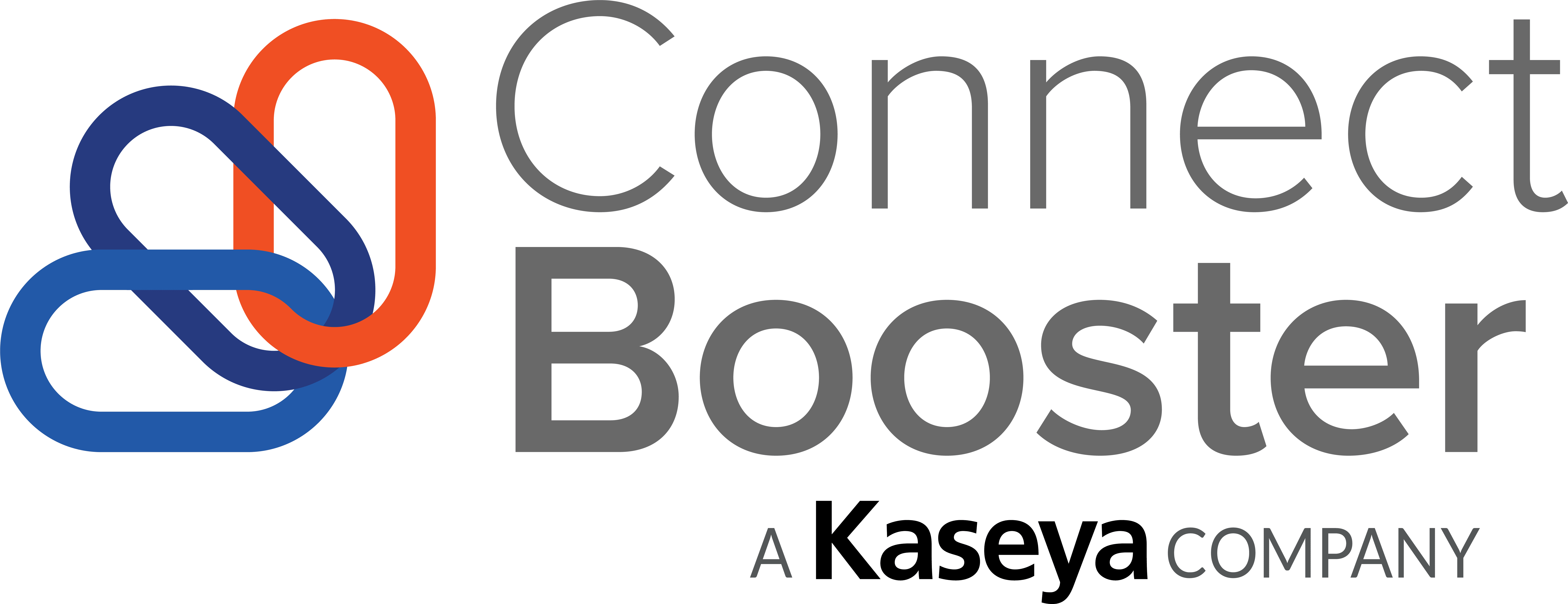No matter how fantastic managed service providers are at implementing technologies and providing ongoing support for various businesses if owners are not focusing continually on the bottom line and their profit margin, failure is still an option. Those who neglect to set sustainable profit margins and monitor their expenses and cost of services will inevitably experience cash flow issues and may struggle to fund business-critical growth plans. No, MSP business owners want to put business growth or expansion activities such as new client acquisition, employee training, and critical tool procurement on hold due to unforeseen financial roadblocks or sluggish revenue.
Profit Margins Matter. Healthy MSP profit margins protect providers from those types of adverse situations. These financial concerns are not rocket science: the more money you make selling goods and services, the greater your firm’s ability to pay for the things needed to move the business forward.
Of course, increased MSP profit margins typically lead to more income for the owners. As MRR and billing numbers increase each month, the value of the business, as well as opportunities for M&A activities, rise accordingly. Healthy margins are literally the key to everything good that can happen to your business.
10 Tips For Increasing MSP Profit Margins And Revenue
What can you do to enhance the revenue you receive for all the products, services, and support you deliver to your clients? Here are ten ways channel professionals can maximize MSP profit margins:
#1 Reduce waste
While this seems like a no-brainer, IT services teams tend to lose focus when business is growing quickly, and they don’t have or take time to implement important industry best practices. Process inefficiency can take a significant toll on cash flow. For example, rapidly expanding IT services firms often let billing and collections timelines slip or fail to research their options for key business tools and end up paying more for less than optimal systems. The management team’s inability to control waste can significantly impact MSP revenue.
#2 Increase pricing
Providers are usually quite conservative when it comes to rate increases. While virtually every owner wants to increase their profits, having those discussions with customers can be uncomfortable, so some avoid the conversation for as long as possible. Those providers are leaving money on the table. Many business owners are accustomed to receiving an annual price increase from their key suppliers. The commonly accepted theory is that it is easier for most clients to absorb a 3-5% inflationary adjustment every 12 months rather than get hit with a 15-25% hike once every five years. The latter is also worse for providers, delivering smaller overall profit margins for MSPs than the annual increase rule.
#3 Eliminate discounts
Like any business, MSP firms often use incentives to get clients to sign long-term contracts. However, rather than discounting prices for the long-term relationship, many providers offer 30-to 60-day enticements or other options that have a smaller negative impact. No two markets are the same, so you should evaluate several incentives to see necessary to close new deals or resign existing clients. Unless competitors are making inroads with discount pricing, you may be needlessly reducing your profit margins.
#4 Leverage supplier spiffs and discounts
Are you taking advantage of all the channel program benefits available to your business? Despite the availability of various incentives for selling hardware, software, and (increasingly) cloud services, industry experts suggest relatively few MSP firms actually utilize these discounts and resources. Tapping into supplier programs with easy-to-follow instructions and minimal requirements, you help boost your funds significantly, more so if your company manages a large number of licenses, seats, and devices.
#5 Fire bad clients and customers
IT services business owners are generally quite patient. Many willingly accept a fair amount of grief from their clients over technical issues and pricing and allow A/R to grow beyond acceptable limits, yet still show up when problems occur. Supporting those ungrateful customers, usually the clients last to pay can negatively affect margins as a managed service provider. Offloading those chronically complaining clients allows providers to shift the resources those companies consume to more highly valued customers and profitable clients.
#6 Increase business efficiency
Payroll makes up a significant part of the budget for any professional services business. Process improvement and automation can significantly reduce labor costs, money on staffing, and boost your bottom line, especially in markets where IT professionals are in high demand. From PSAs, RMMs, and other remote tools to client-facing payment processing platforms, with the right investments, providers can streamline their operations, improve cash flow, and strengthen their competitive position.
#7 Offer high demand solutions, strategies, and services
While technology remains a core part of MSP businesses, the portfolio of potential solutions and support options continues to grow. Adding more service offerings or a variety of products that your clients need or value, including those centered on cybersecurity and remote work, hold the most promise for enhancing revenue and profits.
#8 Collaborate on service delivery with another company
Few providers can do it all. Building out multiple practices can be costly and require years to recoup investments, which explains why IT professionals often partner with other service providers and vendors to extend their offerings. These alliances raise your profits as an MSP, increase MRR, reduce the cost of delivery.
#9 Upsell your services
Business leaders usually buy more from people and companies that they trust. Current clients are more willing to pay a premium for new services that solve problems or address compliance requirements, which raises MSP profit margins and MRR.
#10 Improve client and user retention
Happy customers lead to lucrative new sales opportunities. The best way to upsell clients and generate higher margins is to strengthen business relationships, provide valuable services, and reward loyalty with top-quality support. There is no secret to building customer retention, and the return on any investments in this area will pay off many times over.
Focus on monthly recurring revenue and cost savings to increase MSP profits and spur business growth
Several factors can influence your funds as an MSP. However, two significant targets can significantly affect that key sales metric: increasing monthly recurring revenue and controlling operational costs.
IT services business owners who pay close attention to sales KPIs will find themselves better positioned to spot and correct negative trends and manage their people. Rather than experiencing disappointment when a deal fails, or team members send out proposals with less than optimal margins, proactive providers take a more active role and work through potential issues in the early stages.
Sales metrics give you that power. The best way to maximize MSP profit margins in your IT business is to stay on top of the trends and pitch in to correct troubling developments before they affect the bottom line. Being proactive and asking yourself tough questions like: how do I maximize my profit margins? What factors affect my profit margins? And even if it’s better to increase my prices by 1% or customer base by 1%? MSPs who spend time asking themselves those questions will find success grow their business over time.
If you’re looking for a way to increase your wallet share AND bring value to your clients, check out Rev.

